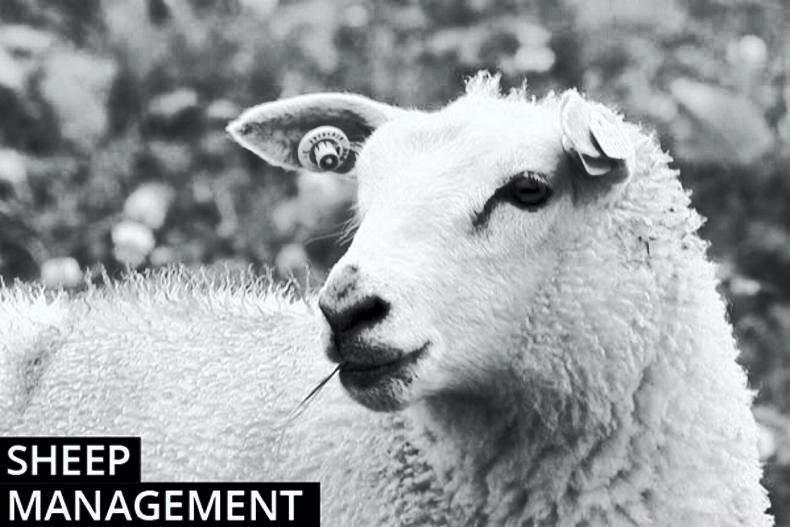Lamb performance is running behind target on many farms and is likely to come under more pressure in areas of the country experiencing the high rainfall levels of recent days.
At this stage of the year, it is important to review your drafting progress and make decisions if you are falling behind target.
Teagasc targets for a mid-season flock lambing from the start to mid-March is to have at least 45% of lambs drafted for sale by mid-August, rising to 70% by mid-September. Ewe lambs selected for retaining for breeding should be included in these figures.
It is also important to review lambs remaining on the farm, assess how far they are from finishing and what the best options are.
Where lambs are on target and performing satisfactorily on a high-quality grass diet, then there may not need to be any changes made.
If lambs are falling well behind target and it is likely to result in lambs competing with ewes for grass supplies at mating, then action needs to be taken.
The earlier this is carried out the better, as delaying taking remedial action will only compound problems down the line.
This can include introducing meal supplementation, or selling a percentage of lambs as stores to reduce grass demand and help build autumn grass supplies.
Meal supplementation
If starting to supplement, feeding 0.3kg to 0.5kg with access to good-quality grass will generally more than suffice.
This, however, depends on grass quality and the type of lambs being fed.
For example, it may be beneficial to offer higher supplementation to ram lambs with a good frame that are short on flesh for faster finishing.
It is advisable to go through lambs and group into similar lots, with a better response to be gained from supplementing lambs that are closer to finishing.
Read more
Factories drop lamb quotes by 10c/kg
Prices holding but rain starting to have an impact
Lamb performance is running behind target on many farms and is likely to come under more pressure in areas of the country experiencing the high rainfall levels of recent days.
At this stage of the year, it is important to review your drafting progress and make decisions if you are falling behind target.
Teagasc targets for a mid-season flock lambing from the start to mid-March is to have at least 45% of lambs drafted for sale by mid-August, rising to 70% by mid-September. Ewe lambs selected for retaining for breeding should be included in these figures.
It is also important to review lambs remaining on the farm, assess how far they are from finishing and what the best options are.
Where lambs are on target and performing satisfactorily on a high-quality grass diet, then there may not need to be any changes made.
If lambs are falling well behind target and it is likely to result in lambs competing with ewes for grass supplies at mating, then action needs to be taken.
The earlier this is carried out the better, as delaying taking remedial action will only compound problems down the line.
This can include introducing meal supplementation, or selling a percentage of lambs as stores to reduce grass demand and help build autumn grass supplies.
Meal supplementation
If starting to supplement, feeding 0.3kg to 0.5kg with access to good-quality grass will generally more than suffice.
This, however, depends on grass quality and the type of lambs being fed.
For example, it may be beneficial to offer higher supplementation to ram lambs with a good frame that are short on flesh for faster finishing.
It is advisable to go through lambs and group into similar lots, with a better response to be gained from supplementing lambs that are closer to finishing.
Read more
Factories drop lamb quotes by 10c/kg
Prices holding but rain starting to have an impact






 This is a subscriber-only article
This is a subscriber-only article










SHARING OPTIONS: